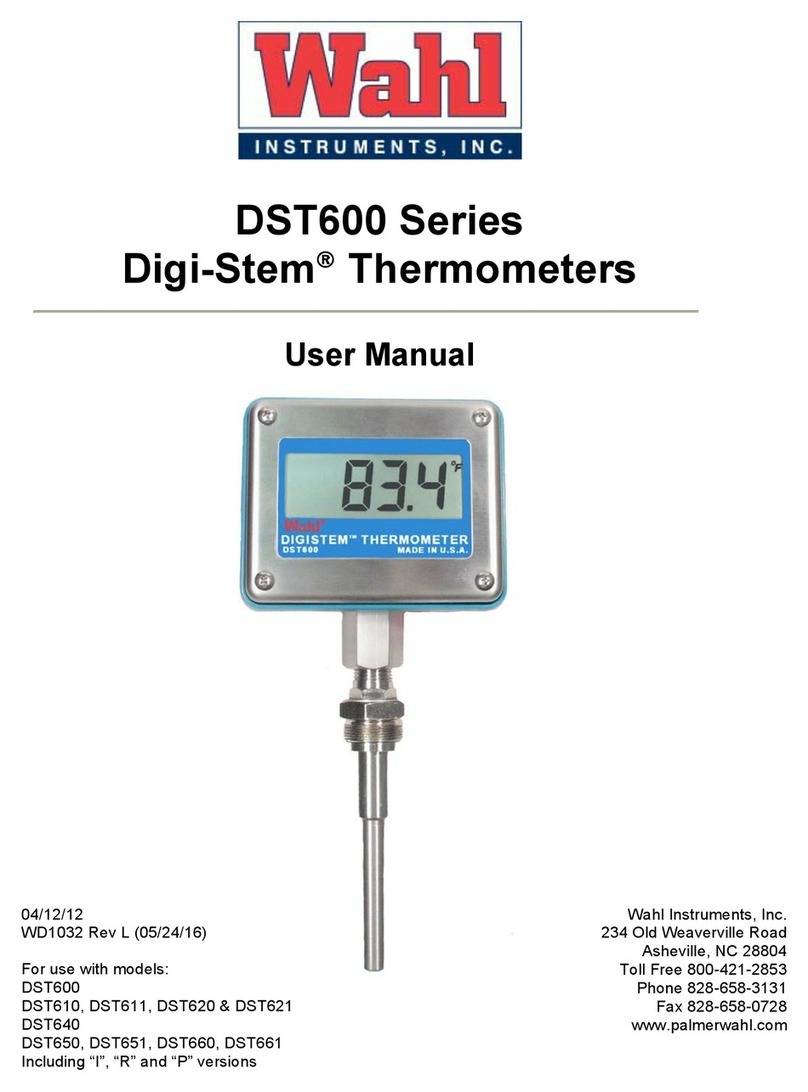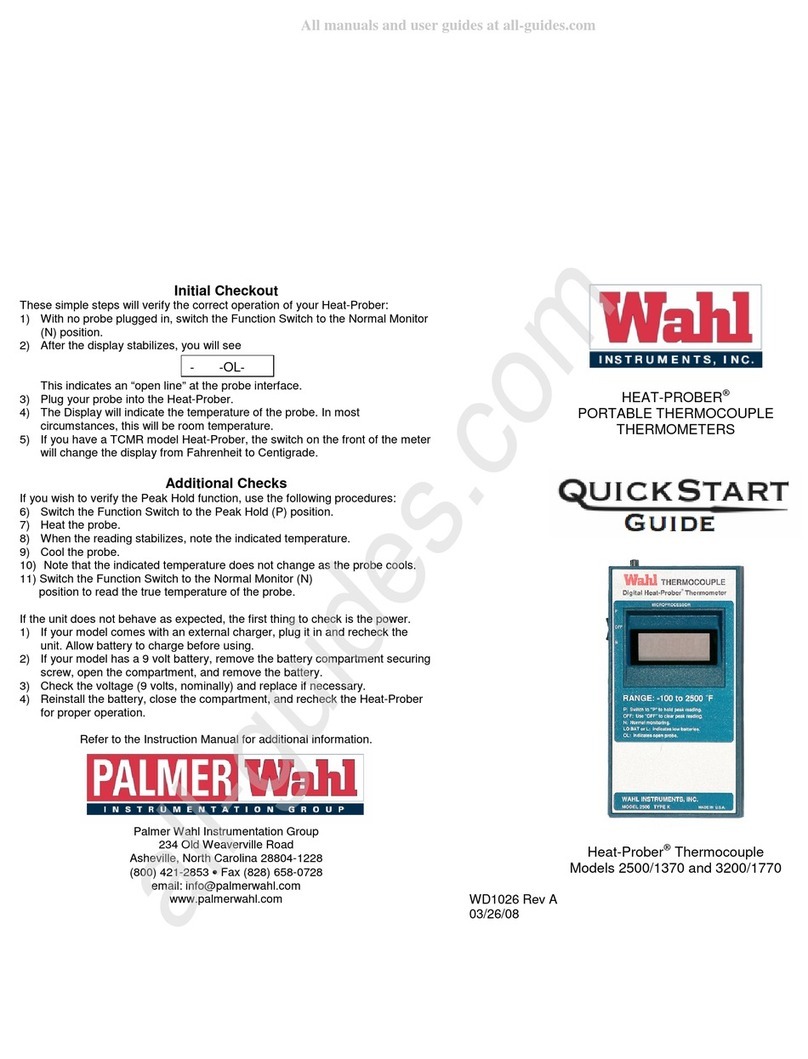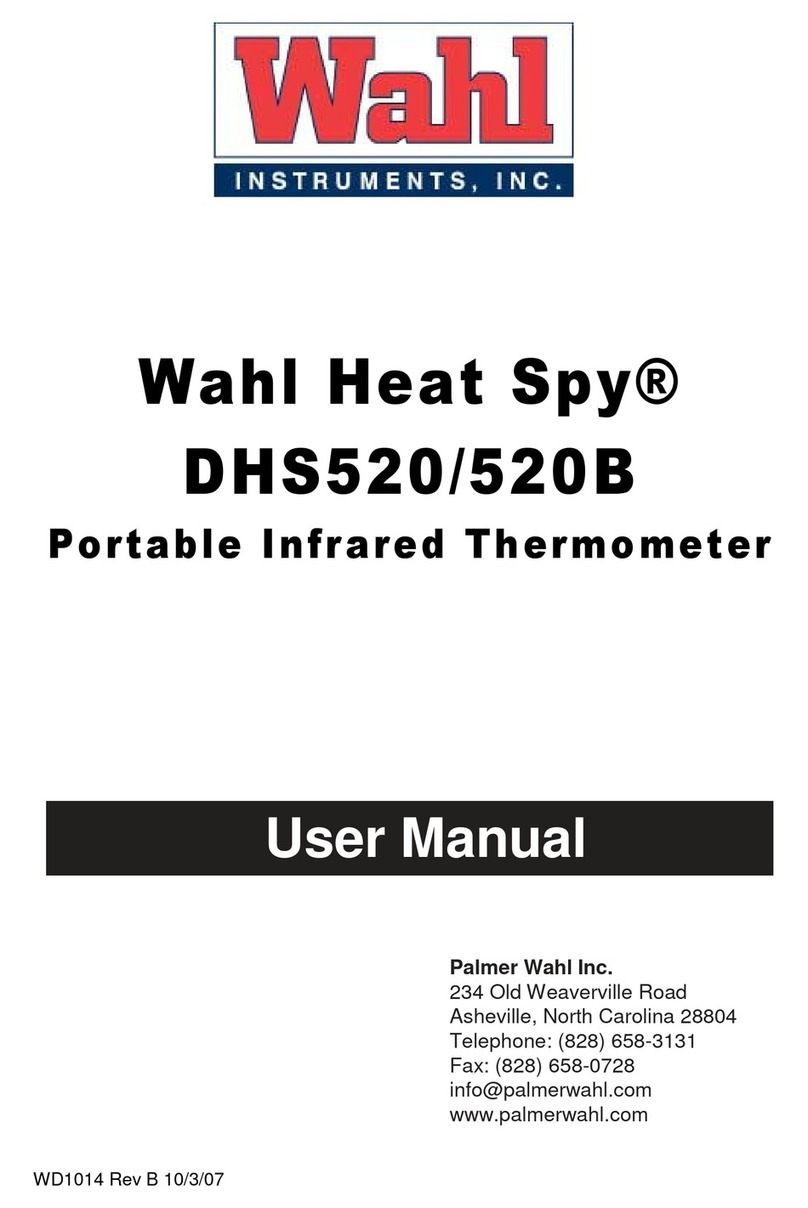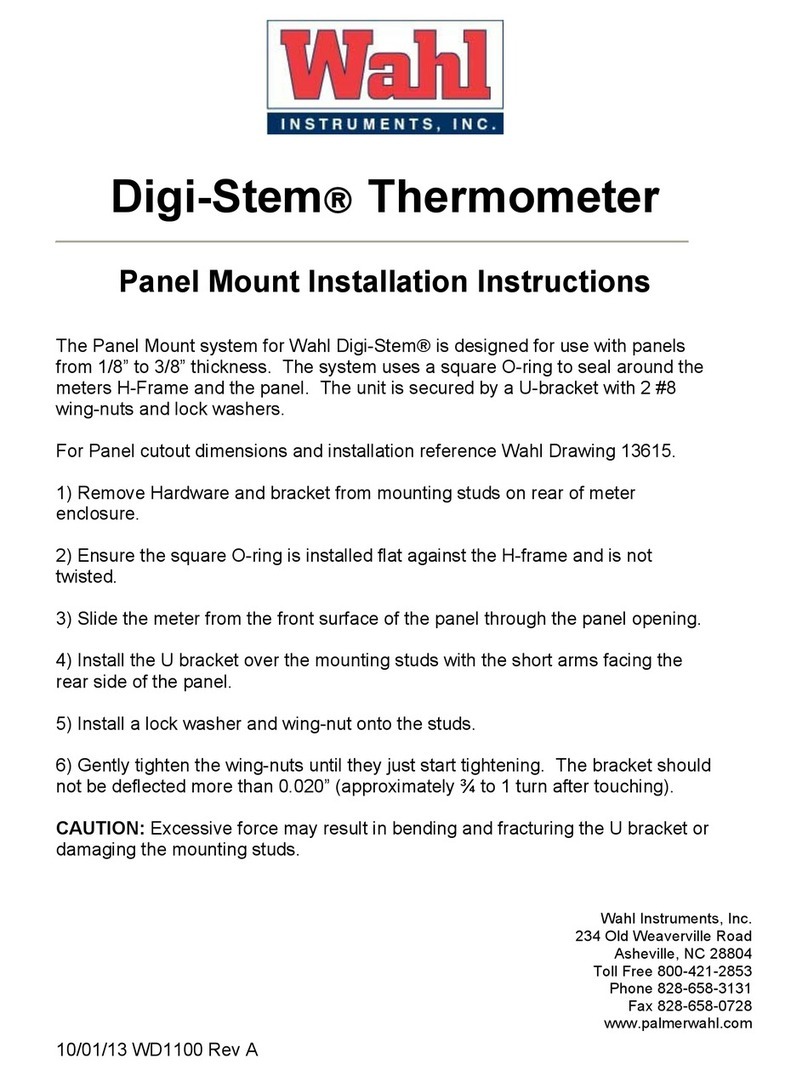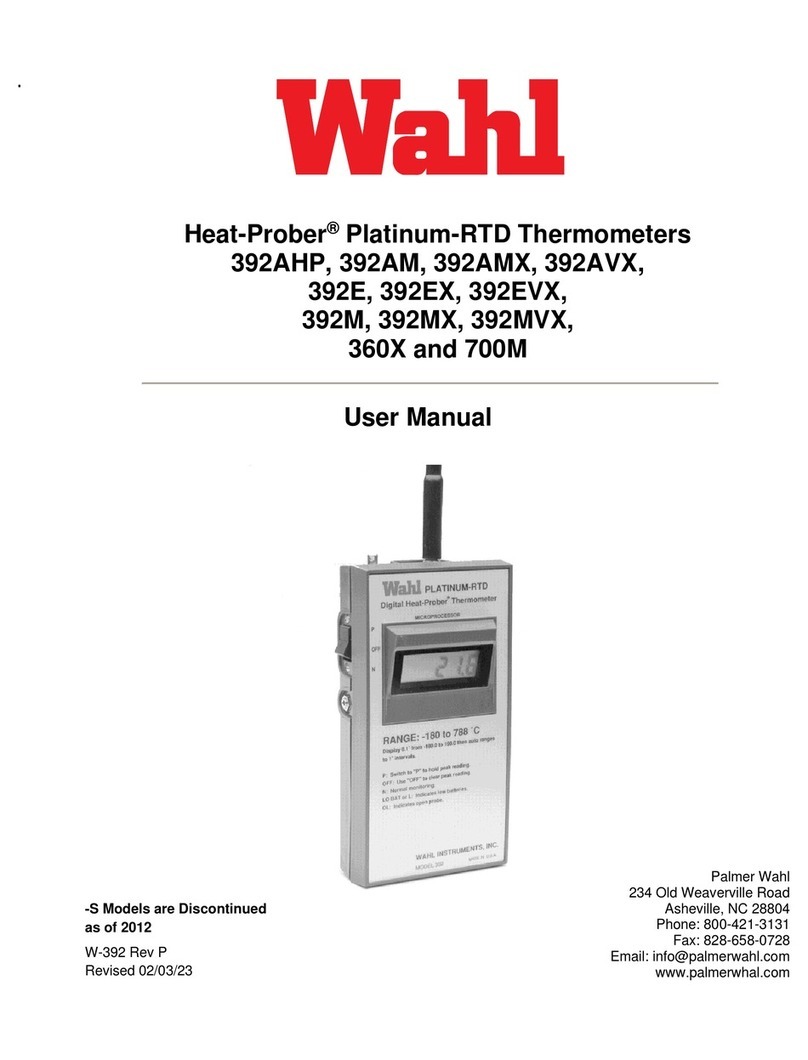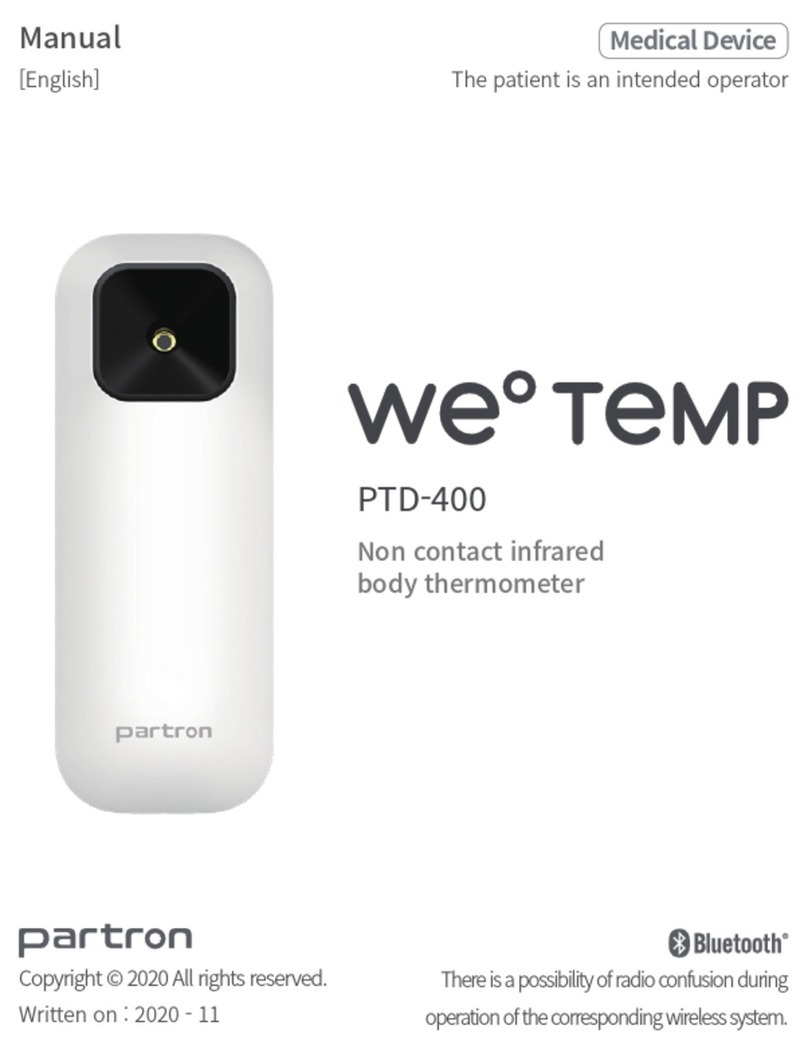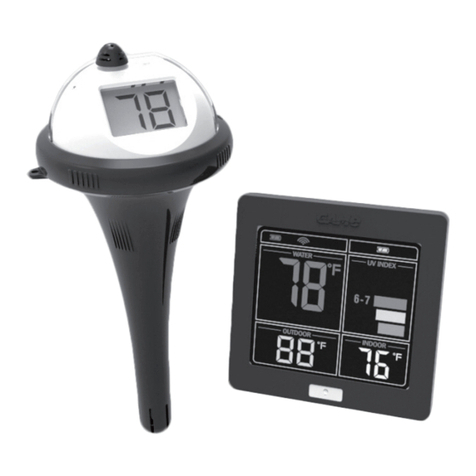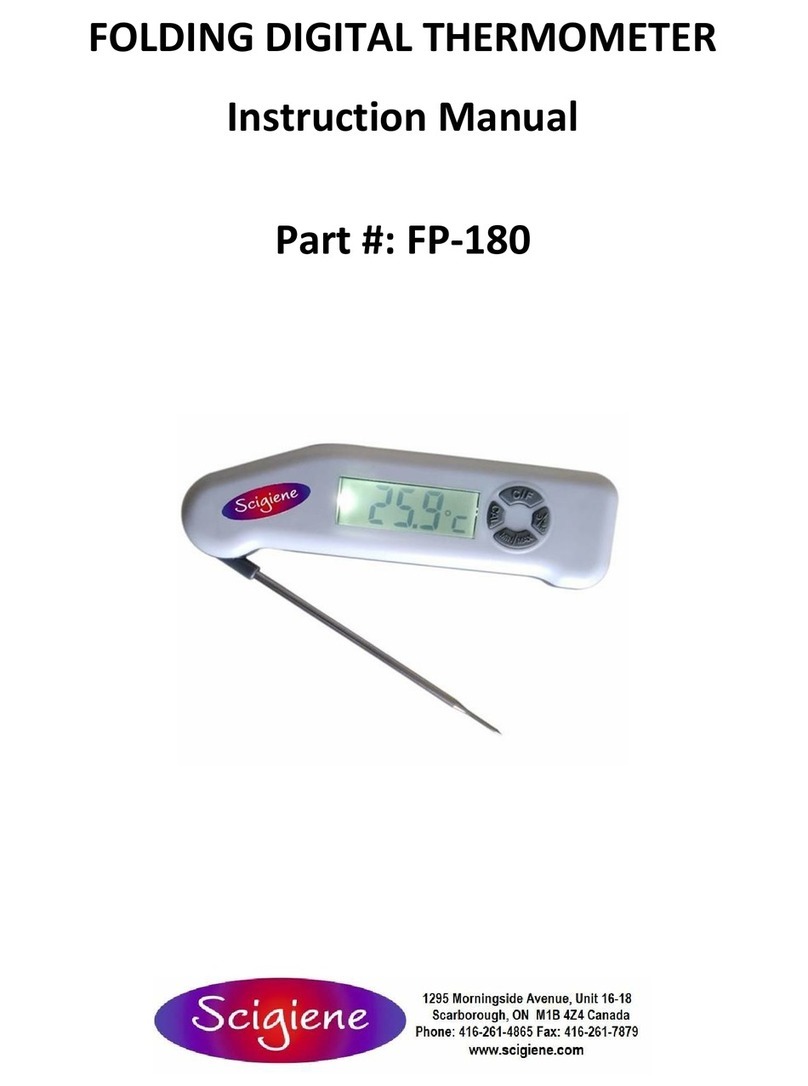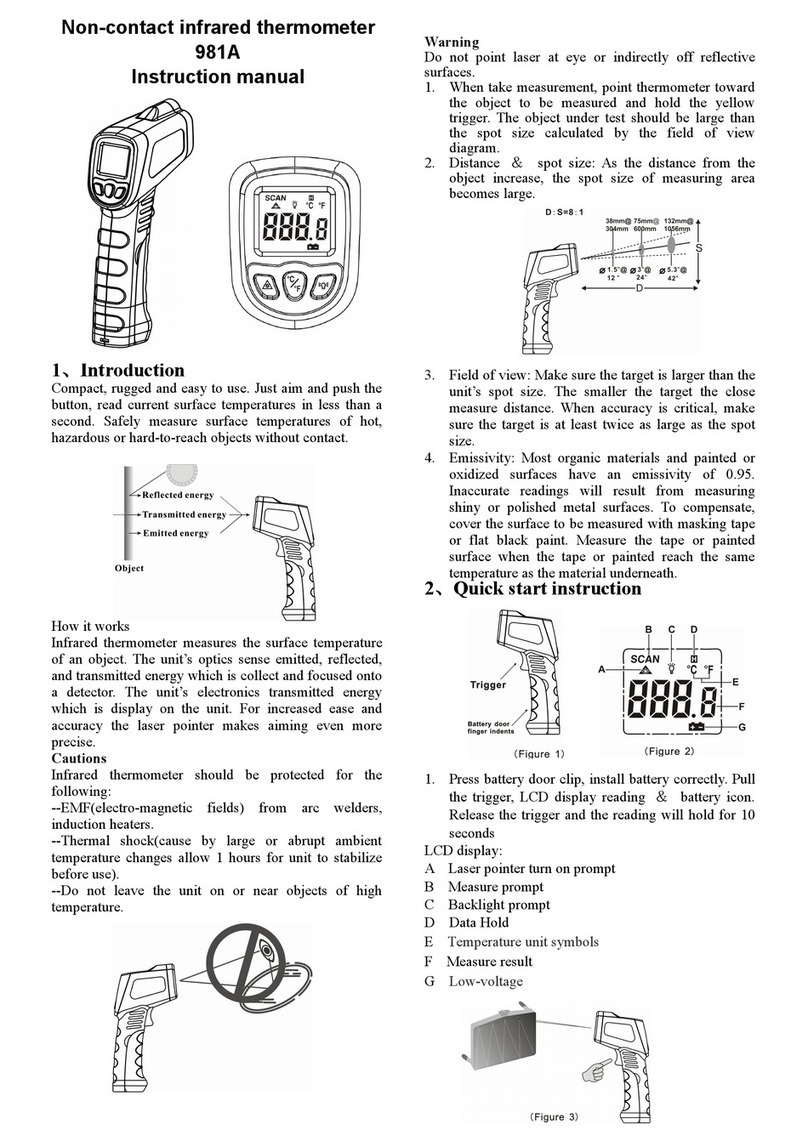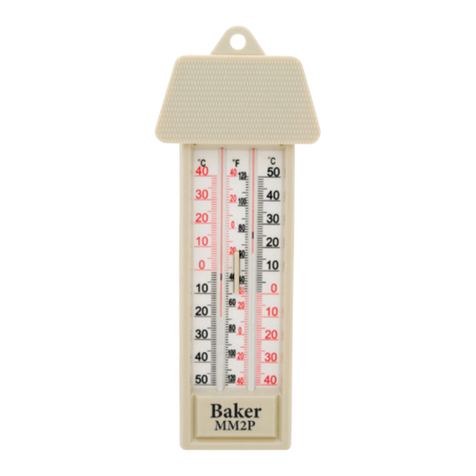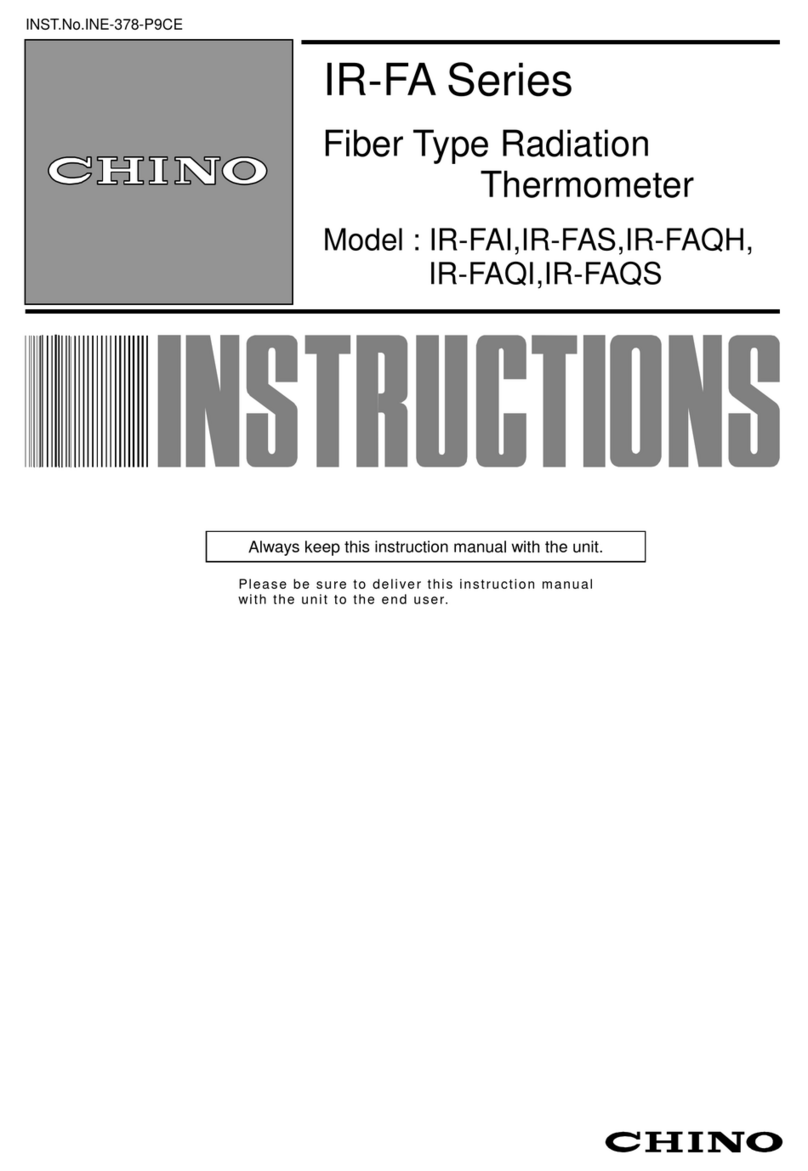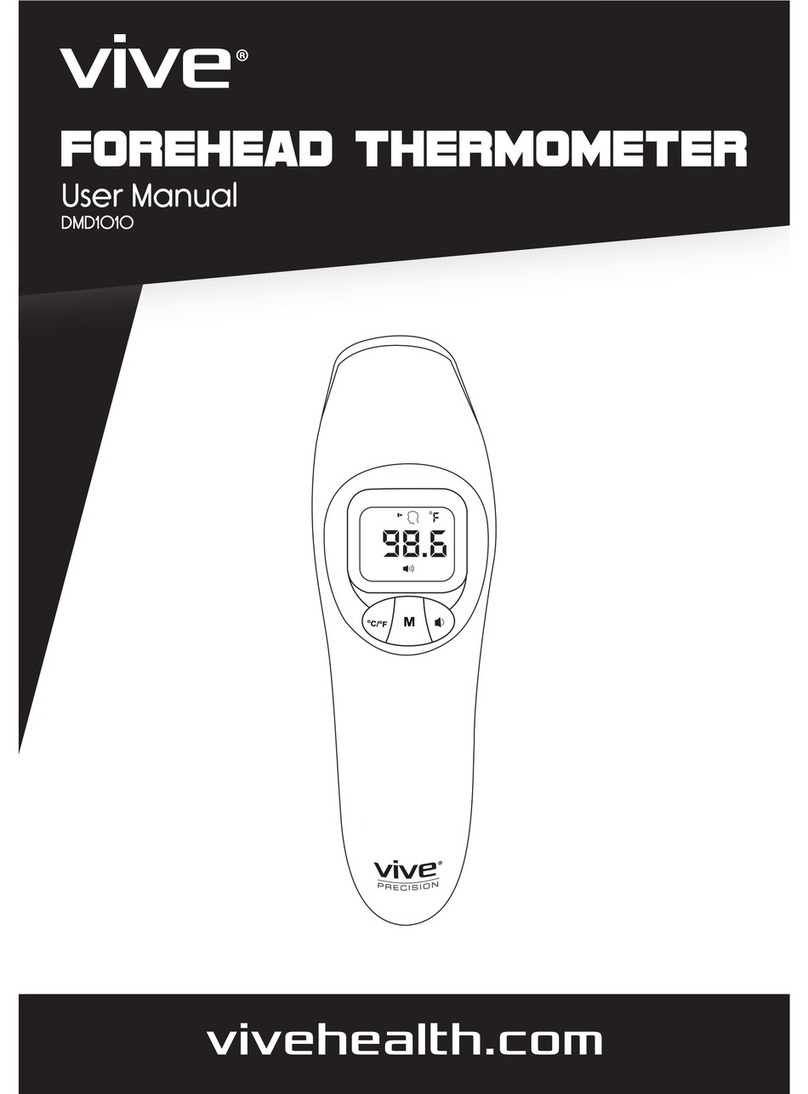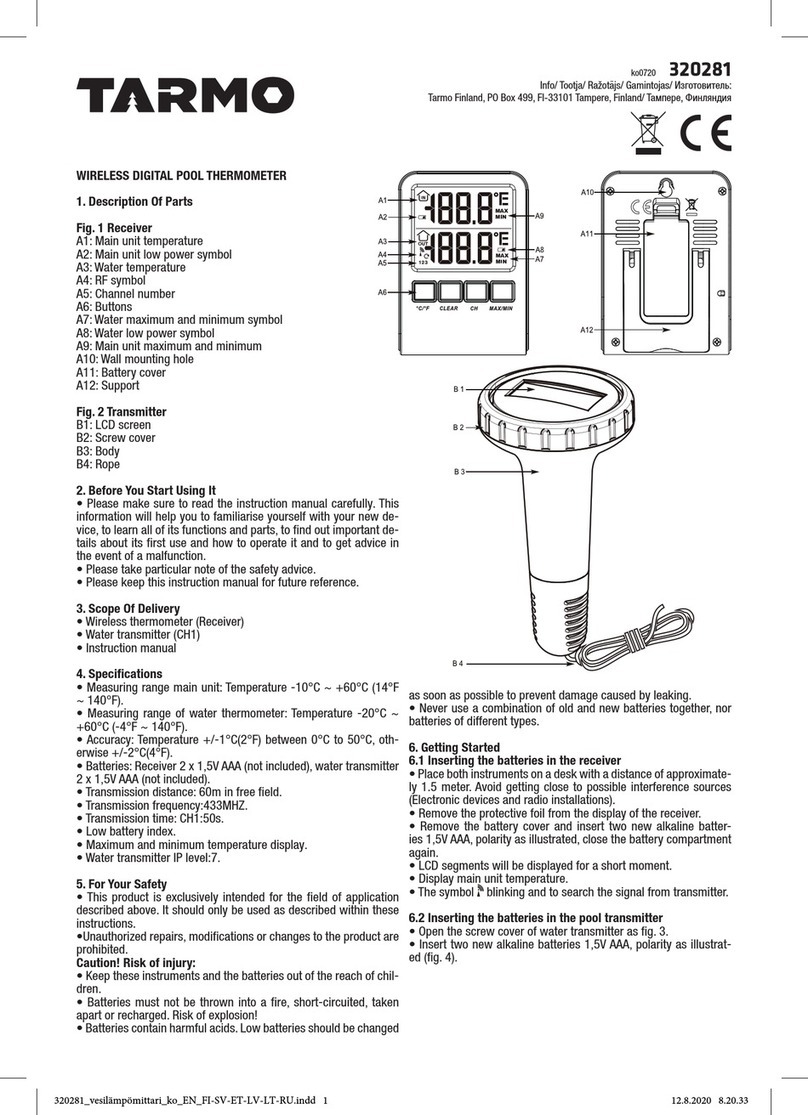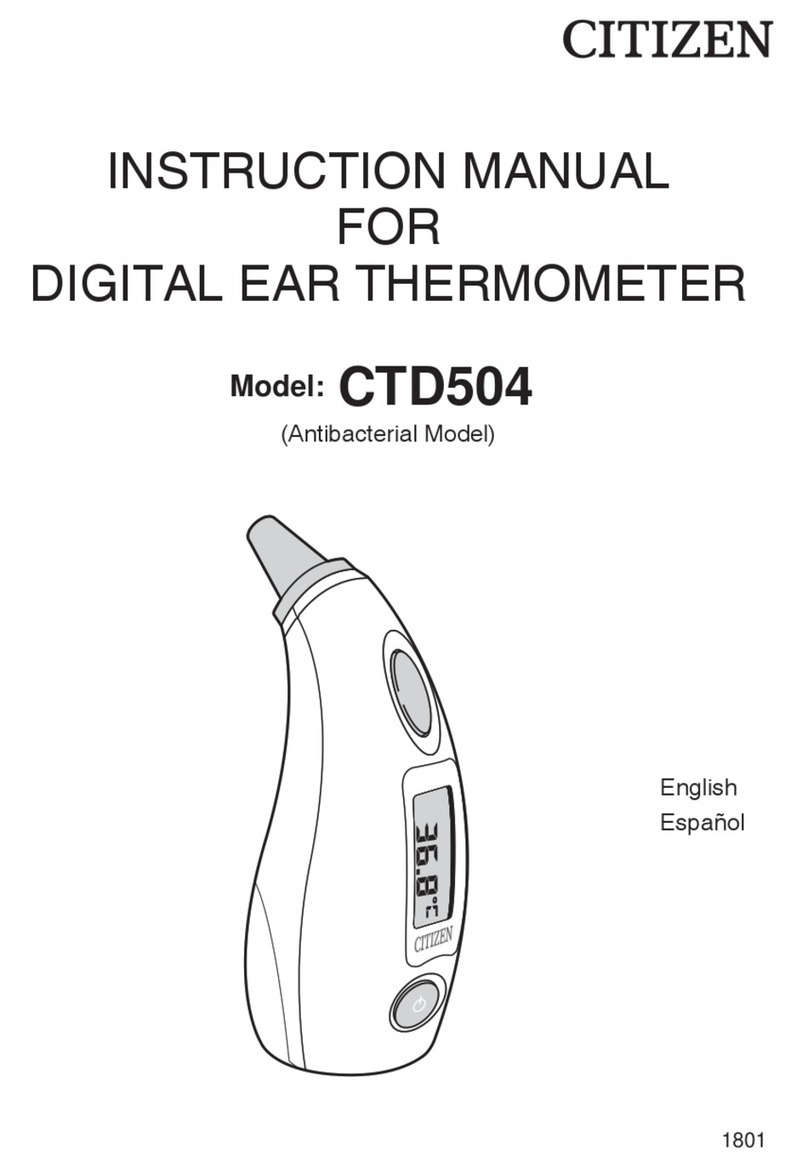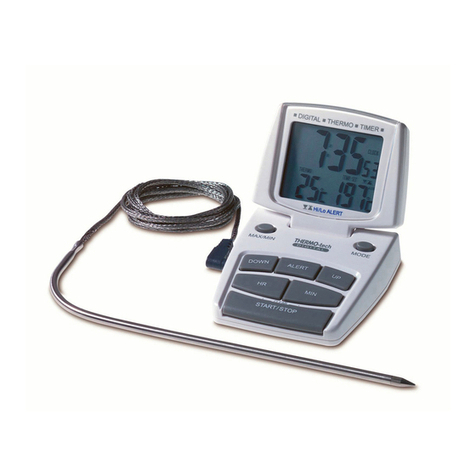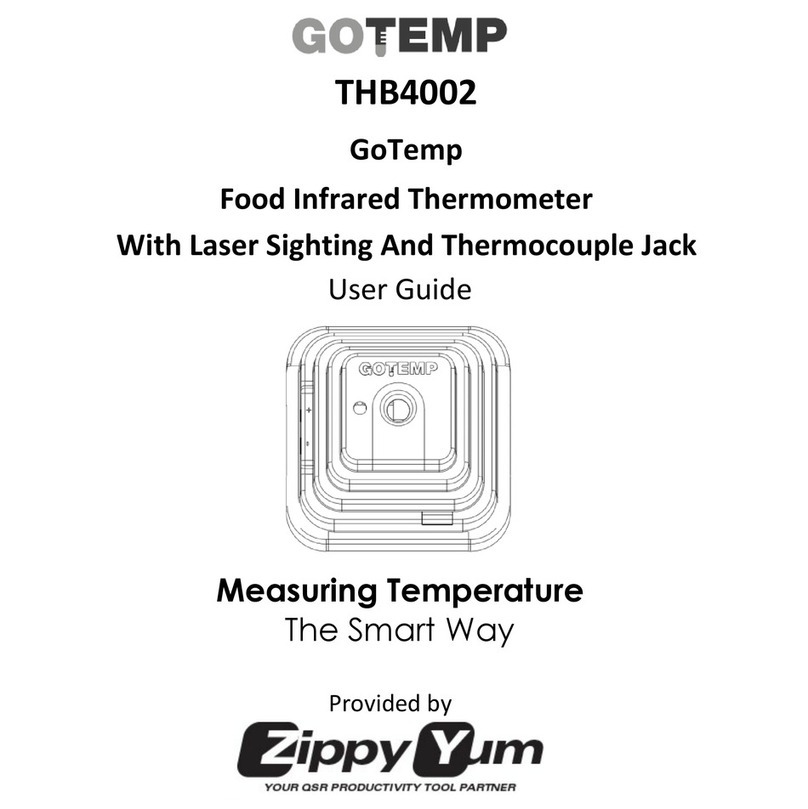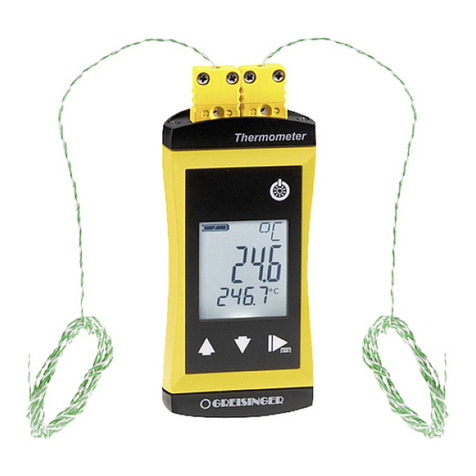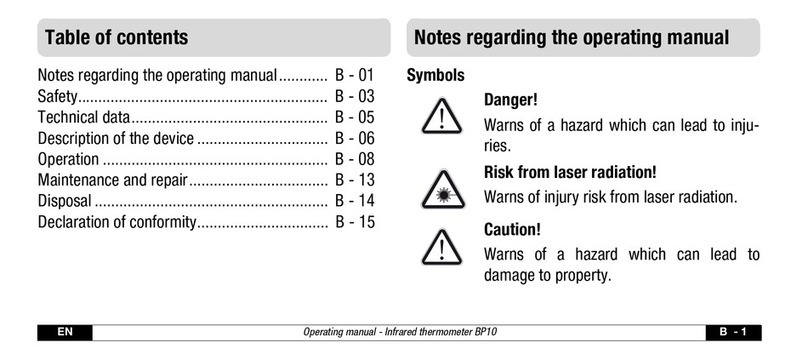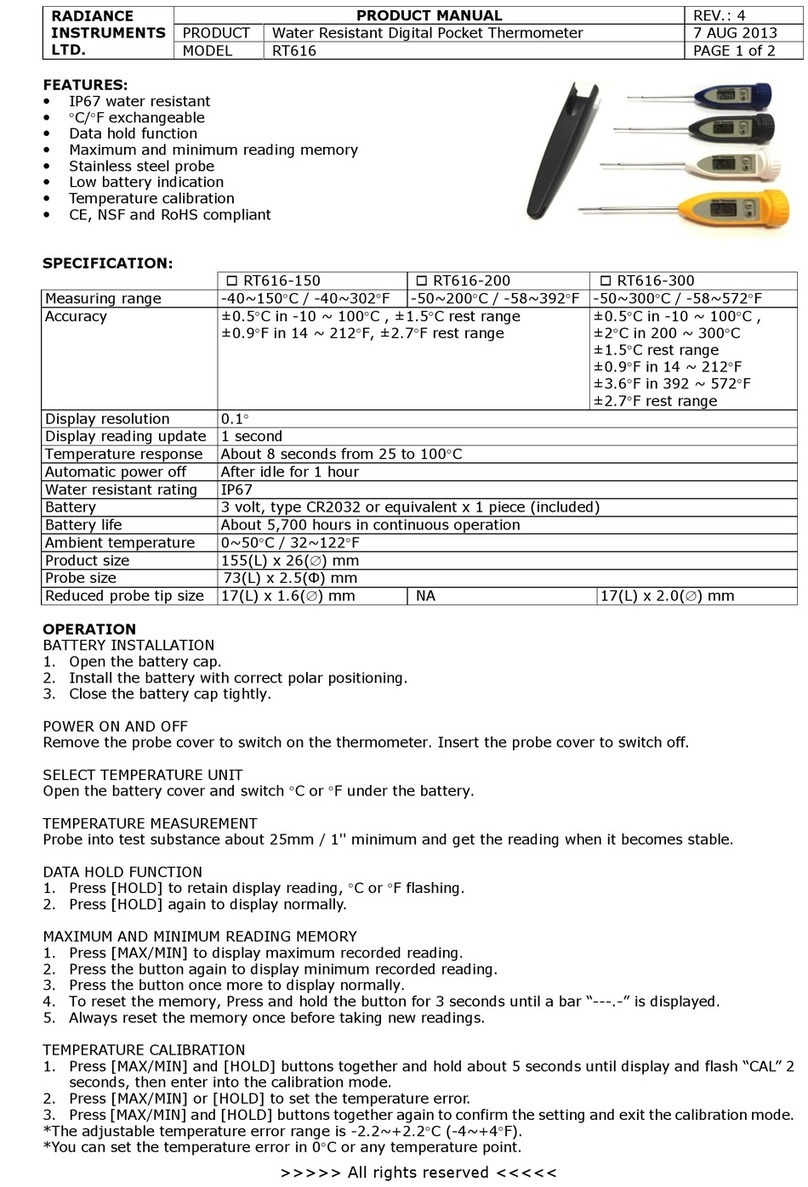DHS40 Series High Performance Hand-Held Infrared Sensors User Manual
2
Contents
Heat Spy Warranty ..................................................................................................................................................... 4
Safety Instructions.................................................................................................................................................. 4
Acceptable Operation ........................................................................................................................................ 4
Unacceptable Operation .................................................................................................................................... 4
Instrument Disposal ........................................................................................................................................... 4
Laser Warning..................................................................................................................................................... 4
Includes .............................................................................................................................................................. 5
DHS40 Specifications.............................................................................................................................................. 5
DHS40 Product Line................................................................................................................................................ 6
Principle of Operation ................................................................................................................................................ 8
Basics of Infrared Thermometry ............................................................................................................................ 8
Target Ratio............................................................................................................................................................ 9
DHS40 Optics Diagrams........................................................................................................................................ 10
DHS40 Features.................................................................................................................................................... 10
Trigger .............................................................................................................................................................. 10
LCD Display ICONS............................................................................................................................................ 11
Control Panel.................................................................................................................................................... 13
°F / °C Switch .................................................................................................................................................... 14
Laser Switch...................................................................................................................................................... 14
Laser ................................................................................................................................................................. 15
Laser Specifications .......................................................................................................................................... 15
Caution .................................................................................................................................................. 15
Optical Sight ..................................................................................................................................................... 15
Telescopic Sight................................................................................................................................................ 16
Tri-Pod Connection........................................................................................................................................... 16
Trigger Lock ...................................................................................................................................................... 16
Power Source ................................................................................................................................................... 17
Emissivity.............................................................................................................................................................. 17
Typical Emissivity Values.................................................................................................................................. 18
Maintenance and Troubleshooting...................................................................................................................... 19
Return for Calibration Service.............................................................................................................................. 19
Appendix I: Emissivity of Common Materials .......................................................................................................... 20
